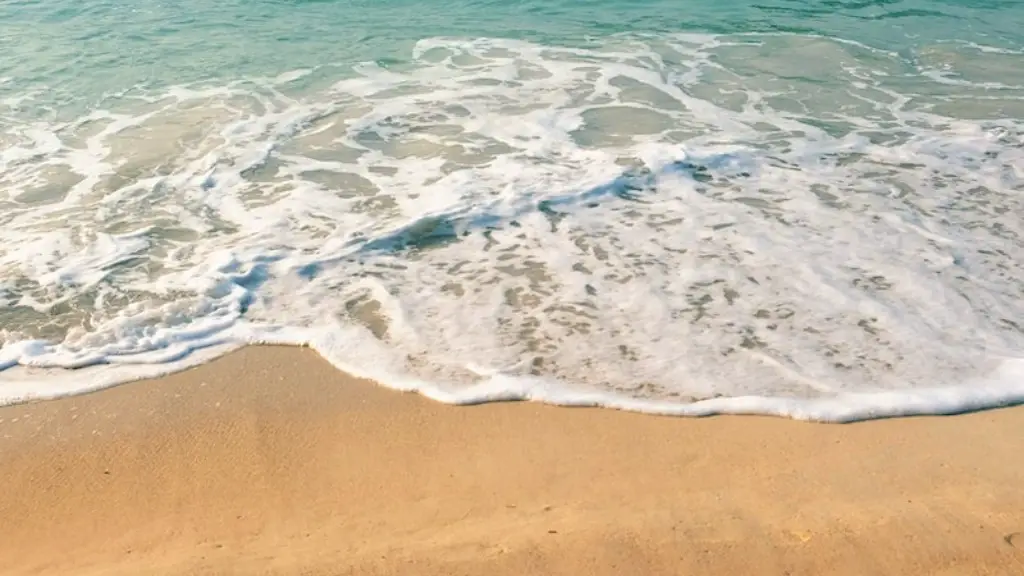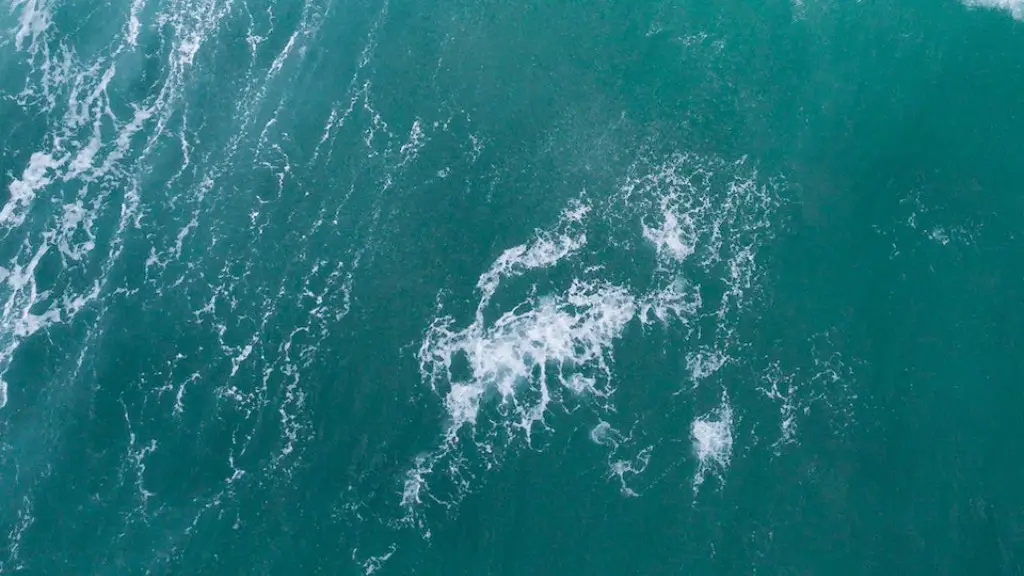The Formation of the Mediterranean Sea
The geologic history of the Mediterranean Sea dates back to the Paleozoic Era, when the Earth was still relatively young by today’s standards. It was during this era that the Mediterranean began to take shape as a collection of shallow seas that came to be known as the Tethys Sea. This sea was formed when tectonic plates began to move apart along their edges, creating a large depression in the Earth’s surface that would eventually become the Mediterranean.
This Tethys Sea continued to shift and expand over the periods of the Mesozoic and Cenozoic Eras. During this time, the land surrounding the Mediterranean Sea experienced various fluctuations, including the rise and fall of sea levels and climate fluctuations that resulted in changes in its composition.
The Rise of the Mediterranean
As sea levels rose and the climate changed, the Mediterranean Sea began to form a distinct ecosystem that was able to sustain life. Marine species began to inhabit the region, which included species like algae and plankton. These organisms were able to take advantage of the warm temperatures and nutrient-rich waters of the Mediterranean and multiply, creating a thriving environment.
The ecosystem of the Mediterranean also allowed for other species to develop and flourish within the region. Fish, coral and other forms of aquatic life adapted to the unique environment and began to populate the region, leading to a greater level of biodiversity.
The Impact of Climate Change
Throughout its early formation, the Mediterranean Sea was subject to a variety of climate events and changes that have shaped its current form. As temperatures rose and fell, the makeup of the Mediterranean changed as well. For instance, when temperatures increased, more species of fish, coral and other forms of life were able to populate the area, as the temperature and salinity levels were more suitable for them.
In recent years, the Mediterranean Sea has faced numerous challenges from climate change. As temperatures have risen, the waters have become warmer, affecting the way certain organisms survive within the region. In addition, the increased evaporation of the water has led to longer periods of drought for certain areas bordering the sea.
The Mediterranean After Man
With the advent of human activity in the region, the Mediterranean has faced numerous changes, many of which have threatened its delicate balance. For instance, overfishing has become a major problem in the Mediterranean, as people rely on fish as a major source of food. The destruction of coral reefs and pollution from ships and oil rigs has had a devastating effect on the region.
Despite this, the Mediterranean is still a vibrant and diverse region. There are numerous conservation efforts underway to protect the marine life that inhabits the region, as well as to reduce the amount of pollutants entering the sea.
The Future of the Mediterranean
Looking ahead, the future of the Mediterranean Sea is uncertain. Climate change and human activity have put immense pressure on the area, and it is uncertain whether or not it will be able to withstand the pressures of the coming years.
It is imperative that we all do our part to protect the Mediterranean Sea and ensure that it can continue to exist as a source of life and beauty for future generations. Conservation efforts, increased awareness and better sustainable practices can all help ensure that the Mediterranean can stay beautiful and healthy for years to come.
Conserving the Resources of the Mediterranean
In order to ensure the longevity of the Mediterranean Sea, it is important to be mindful of how we use and conserve its resources. This includes reducing our consumption of resources (including fish and other marine organisms) and limiting our pollution of the sea. In addition, we must be mindful of how our activities can harm the delicate balance the sea and the organisms within it.
There are also numerous efforts underway to protect the marine life of the Mediterranean. Some of these include the establishment of protected fishing zones and the implementation of laws to protect marine mammals, such as dolphins and whales. In addition, much of the coastline is also under various forms of protection, as laws and regulations aim to prevent the destruction and exploitation of these areas.
Preserving the Mediterranean for Future Generations
It is of utmost importance that we do all we can to protect the Mediterranean Sea for future generations. This includes taking responsibility for our actions, being mindful of our consumption of resources, and creating awareness around the importance of the sea.
With this in mind, we can ensure that the Mediterranean Sea can remain the vibrant and diverse ecosystem that it is today. So let us all do our part and help protect the Mediterranean Sea for years to come.

